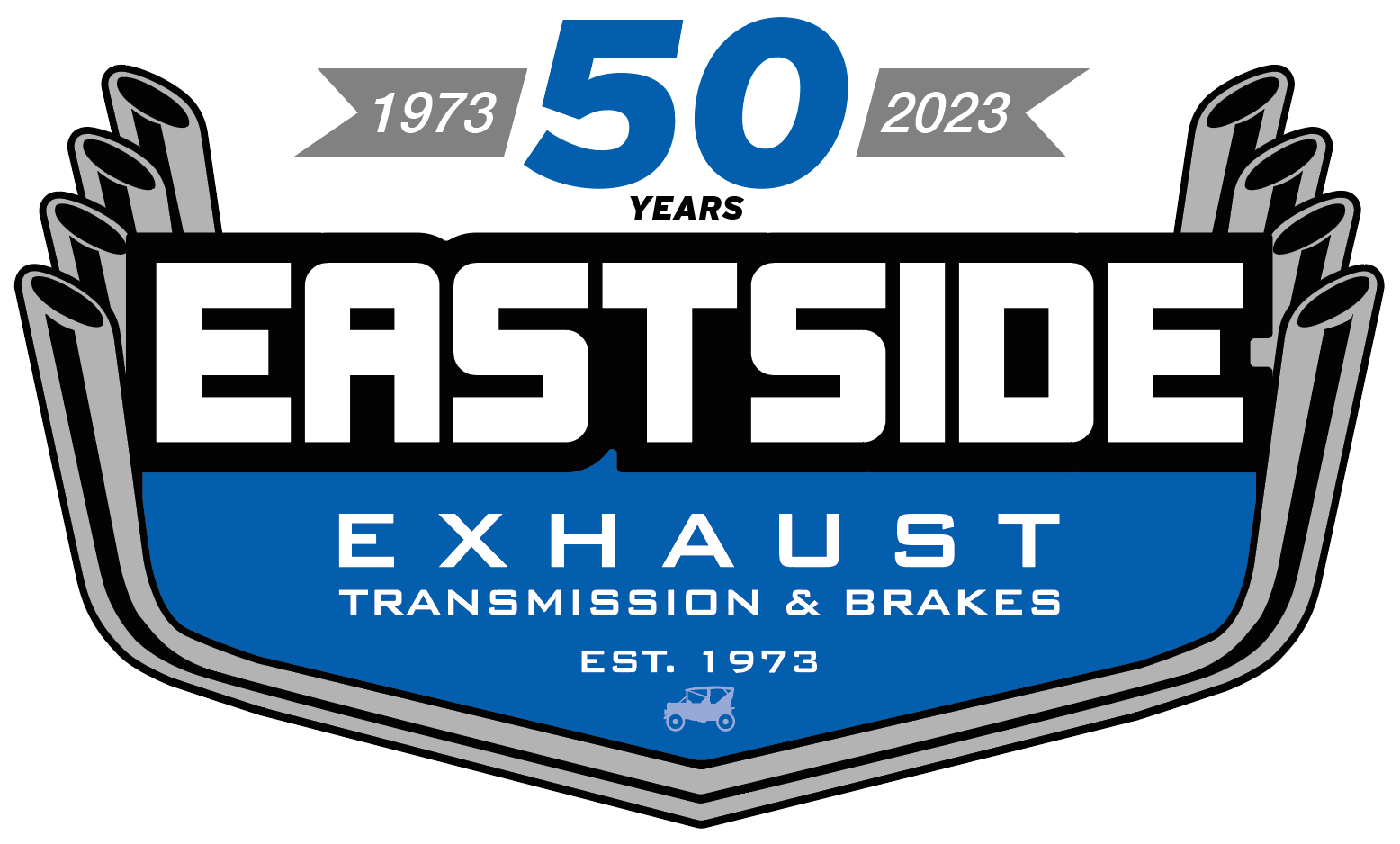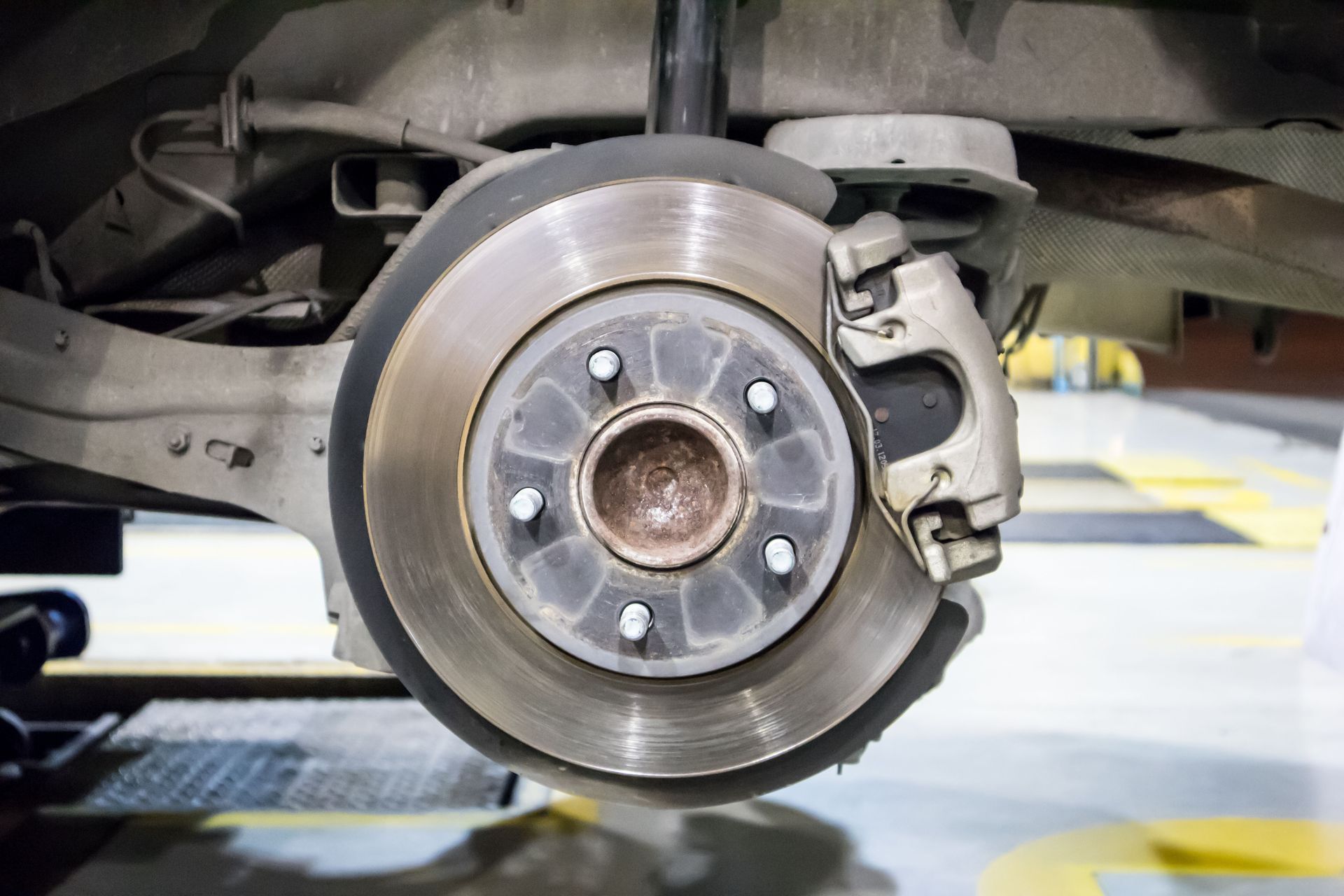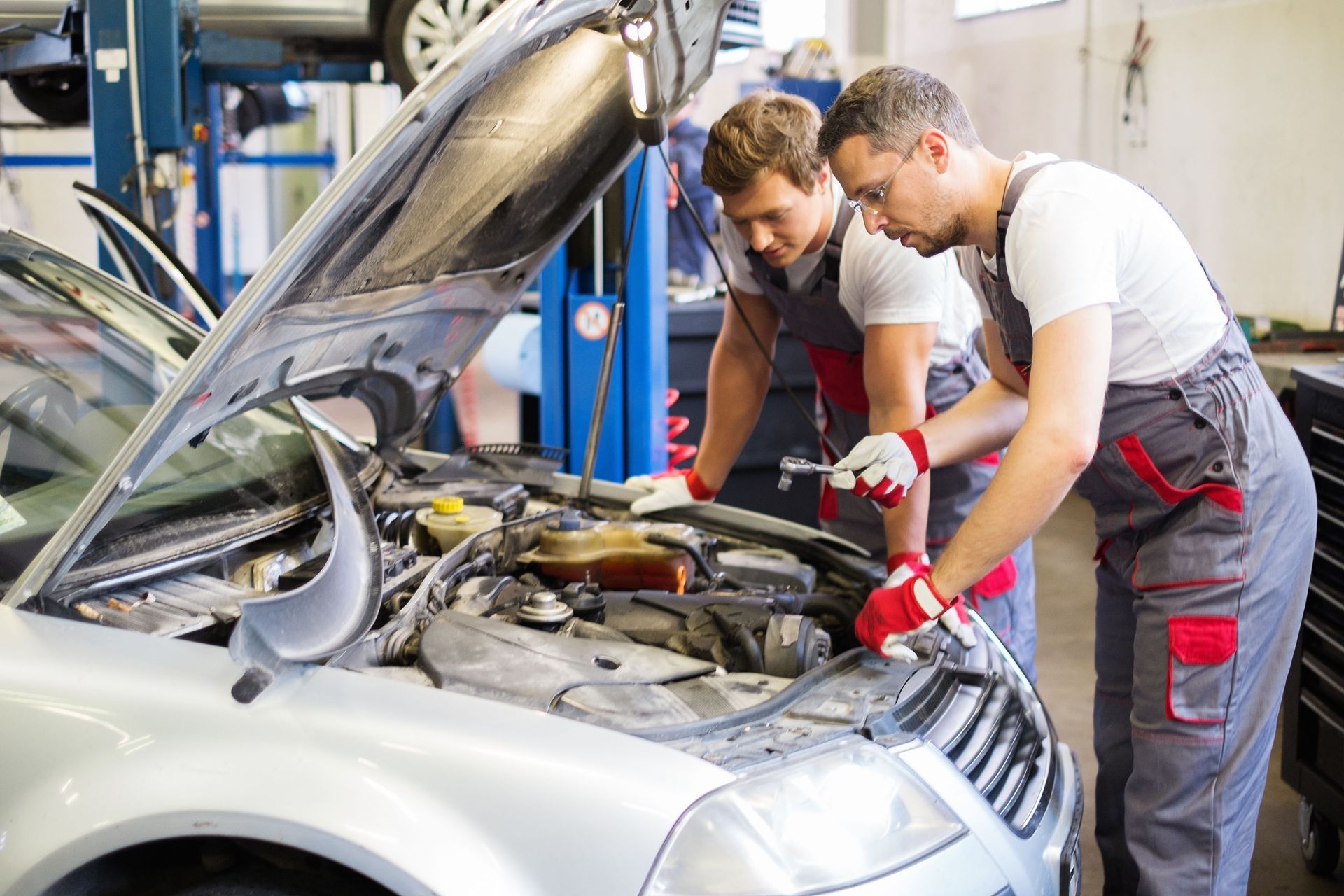What You Should Know Know About Brake Maintenance and Repair
Vehicle safety depends heavily on the performance and condition of your brakes. These components are essential for protecting drivers, passengers, and everyone sharing the road. Whether navigating busy city streets or traveling along open highways, the ability to stop reliably can prevent accidents and save lives. Understanding how brakes function, recognizing early warning signs of wear, and knowing when to seek professional attention are essential for maintaining a safe driving experience.
According to Cars.com, vehicles primarily used for highway driving can see brakes last up to 70,000 miles or more because they are applied less frequently than in stop-and-go traffic. However, mileage alone does not determine brake longevity. Driving style, vehicle load, road conditions, and environmental factors all influence the effectiveness and lifespan of brake components. Professional inspection and maintenance ensure these systems operate properly, preventing costly repairs and potentially dangerous situations.
This article provides a comprehensive overview of brakes, including how they function, their critical components, common warning signs of wear, the role of hydraulic systems, and the importance of professional service. By understanding these key aspects, drivers can make informed decisions about maintaining their vehicles safely and efficiently.
Understanding How Brakes Function
Brakes operate by converting kinetic energy into heat energy through friction, slowing the rotation of the wheels and bringing the vehicle to a stop. When a driver presses the brake pedal, hydraulic pressure is generated in the master cylinder, which is then transmitted through brake lines to components such as calipers, brake pads, and rotors in disc brake systems, or shoes and drums in drum brake systems. Modern vehicles often feature Anti-lock Braking Systems (ABS), which prevent wheel lock-up during sudden braking, helping maintain control and stability. Understanding the way brakes work allows drivers to recognize subtle signs of potential issues before they become serious safety concerns.
Brakes rely on both mechanical leverage and hydraulic force to function effectively. Any contamination, moisture, or air in the hydraulic system can reduce braking efficiency, resulting in a soft or spongy pedal feel. Maintaining hydraulic integrity, pads, rotors, and calipers through professional service ensures consistent braking performance. Even minor reductions in braking performance can significantly affect stopping distance and overall vehicle control, making regular professional inspections critical.
Identifying Critical Brake Components
A vehicle’s brake system is made up of several interconnected components that must work together seamlessly. Brake pads create the friction necessary to slow and stop the wheels, while rotors provide the surface for that friction to act upon. Calipers hold and press the brake pads, hoses carry hydraulic fluid to transmit force, and the master cylinder ensures pedal pressure reaches each wheel. Any wear or damage in one component can affect the entire braking system.
For example, worn pads can damage rotors, leaks in hoses can reduce hydraulic efficiency, and malfunctioning calipers can cause uneven wear or pulling to one side. Professional inspections allow technicians to identify these issues before they compromise safety. Maintaining high-quality components and ensuring proper installation is crucial for reliable braking performance, particularly in vehicles equipped with modern technologies such as ABS or electronic brake controls.
Recognizing Signs of Brake Wear
Early detection of brake problems can prevent accidents and avoid costly repairs. Unusual noises such as squealing, grinding, or chirping often suggest worn brake pads or rotor contact. Vibrations in the brake pedal or steering wheel frequently indicate warped rotors, while a soft or unresponsive pedal can signal air in the hydraulic system or deteriorated brake fluid.
Other warning signs include pulling to one side when braking, low brake fluid levels, and illuminated ABS or brake warning lights. Professional inspections are essential for identifying these issues, even if they are subtle or intermittent. Addressing warning signs promptly ensures consistent braking performance, prevents more serious problems, and maintains overall vehicle safety. Timely attention to these indicators is a proactive way to avoid emergencies and costly repairs.
Ensuring Safety and Using Proper Equipment
Brake service requires specialized tools, precision, and adherence to strict safety protocols. Professional technicians use equipment such as diagnostic scanners, torque wrenches, hydraulic bleeders, and brake lathes to inspect, repair, and replace components effectively. Safety procedures, including stabilizing the vehicle with jacks and stands, protect both the technician and the integrity of the brake system during service.
Even routine maintenance tasks, such as checking brake fluid levels or evaluating pad wear, require accuracy and expertise. Improper handling of brake components can compromise safety and reduce braking effectiveness. By relying on professional service, drivers ensure that all components are inspected, maintained, and repaired to the highest standards, resulting in consistent and reliable performance under all driving conditions.
Maintaining Hydraulic Systems and Brake Fluid
The hydraulic system is essential for transmitting pedal force to braking components. Brake fluid must be kept at proper levels and replaced regularly to prevent contamination, moisture buildup, and degradation. Over time, brake fluid absorbs moisture from the environment, reducing its boiling point and potentially compromising braking efficiency, particularly during heavy braking or steep descents.
Regular inspection of brake lines and hoses is also critical, as cracks, leaks, or deterioration can significantly reduce stopping power. Professional service ensures that the hydraulic system is maintained to manufacturer standards, preventing soft pedals, inconsistent braking, and premature wear of other components. Maintaining the hydraulic system and brake fluid is a relatively simple yet highly effective way to enhance braking reliability and extend the life of the system.
Ensuring Effective Brake Replacement and Repair
Replacing worn brake pads, rotors, or other components is essential for maintaining safety and vehicle performance. Professional technicians carefully inspect each part, confirm proper fit, and perform precise installation to ensure optimal operation. Lubrication of moving parts, alignment checks, and system testing are all part of comprehensive brake service, which prevents uneven wear, reduces noise, and ensures consistent stopping power.
For vehicles equipped with modern technologies such as ABS or electronic braking systems, professional expertise is especially important. These systems require precise calibration and specialized equipment to maintain functionality and safety. Routine replacement and professional maintenance restore braking efficiency, prevent damage to other components, and protect the overall longevity of the vehicle’s braking system.
Understanding the Long-Term Value of Brake Maintenance
Regular brake maintenance is not only about immediate safety—it also protects the long-term value of your vehicle. Neglecting brake service can lead to more extensive and costly repairs over time, including damage to rotors, calipers, and hydraulic systems. Professional inspections and timely repairs reduce wear on all components and help avoid unexpected breakdowns.
Well-maintained brakes also contribute to smoother operation and more predictable vehicle behavior, enhancing overall driving confidence. By addressing minor issues early and following professional recommendations for replacement or repair, drivers can extend the life of their vehicle’s braking system, maintain safety, and reduce long-term maintenance costs. Investing in professional expertise ensures the brakes remain reliable, effective, and ready for every driving condition.
Brakes are one of the most critical systems in any vehicle, directly affecting safety, control, and confidence on the road. Recognizing warning signs, maintaining hydraulic systems and brake fluid, and relying on professional inspection and repair are essential for optimal performance. Regular professional maintenance ensures brakes operate reliably, prevents accidents, and avoids costly repairs, giving drivers peace of mind in every situation.
For drivers seeking comprehensive brake care, trusting experienced technicians is invaluable. Professional service provides the expertise, equipment, and precision necessary to keep brakes functioning safely and efficiently under all driving conditions. Well-maintained brakes are not just about stopping—they are about ensuring the safety, reliability, and peace of mind of every journey. For professional brake inspection, repair, and maintenance, trust East Side Exhaust Inc to keep your brakes performing at their best, giving you confidence on every drive and ensuring every trip is safe and stress-free.





Share On: